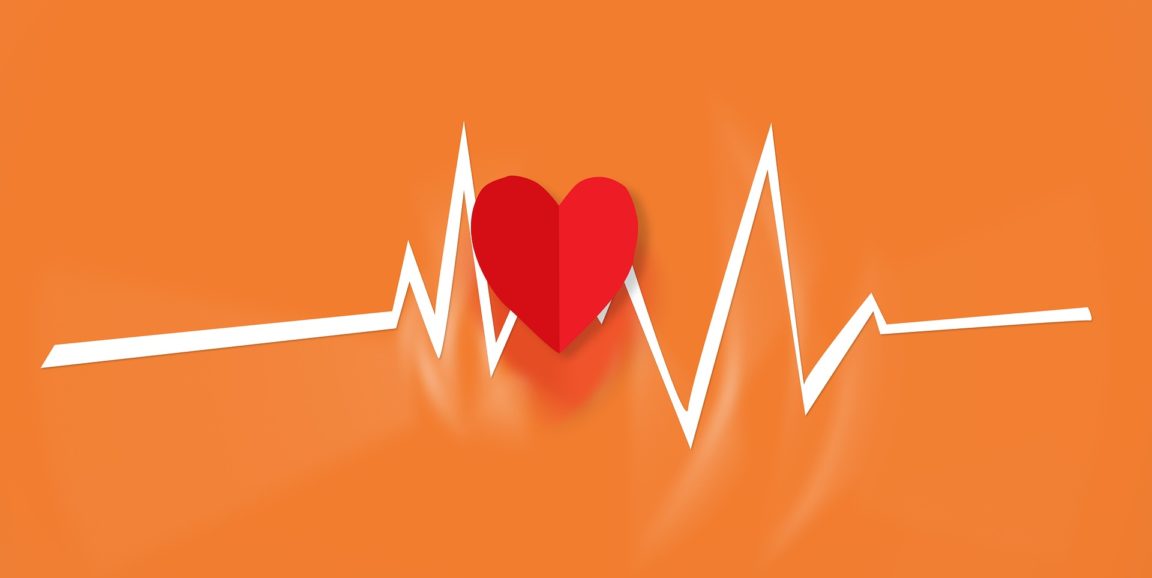Heart attack survivors may think the worst is behind them. But many later develop heart failure, a progressive disease marked by shortness of breath and swelling of the legs. Symptoms can prevent patients from working, exercising, even picking up grandchildren.
Heart failure occurs after a heart attack when enough of the heart muscle dies, causing the rest of the heart to overwork, which leads to more damage. To protect an overworked, failure-prone heart, cardiologists typically prescribe medications that encourage the heart to take it easy, said Daria Mochly-Rosen, PhD, a Stanford professor of chemical and systems biology.
But Mochly-Rosen is hoping to tackle heart failure at the molecular level. She and her colleagues -- including lead author Julio Ferreira, PhD, a professor at the University of Sao Paulo -- developed a compound, SAMβA. Pronounced "samba," like the Brazilian dance, SAMβA strengthens a weakened heart. In preliminary tests in rats, it appears to improve heart functions in heart failure caused by a heart attack.
The study appears in Nature Communications.
One contributor to heart failure following a heart attack is the accumulation of broken or dysfunctional mitochondria, the small organelles in cells that produce energy. The researchers identified a pair of proteins that, when bonded, gum up the normal activity of mitochondria and contribute to heart failure. One of those proteins, βIIPKC, is found in higher levels in failing human and rodent hearts.
The researchers tapped their chemistry know-how to develop SAMβA, which can prevent these proteins from bonding, thereby improving mitochondrial function and providing more energy for the heart.
In tests, post-heart-attack rats that developed heart failure and were treated with SAMβA had better cardiac function -- measured by how well the left heart ventricle pumps blood with each heart beat -- than rats who weren't treated with SAMβA.
"We greatly improved their hearts," Mochly-Rosen said. "If humans are going to be like rats, perhaps we can treat them with a drug that prevents this deterioration."
She added that they also gave healthy rats doses of SAMβA "and it had absolutely no effect," an indication that the compound is nontoxic.
Mochly-Rosen and Ferreira suspect that SAMβA will also be effective in humans. If so, it has the potential to be developed into a drug for human heart attack patients, they believe.
"I'm hopeful SAMβA will be accepted by the industry for drug development because it appears very promising," Mochly-Rosen said.
Image by JanBaby




